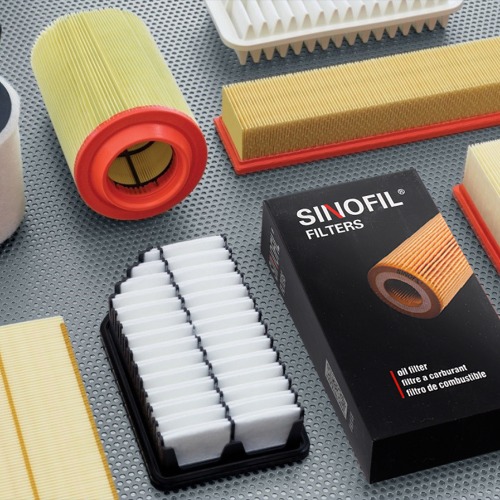Home / News / What is PP type air filter and How to Install PP type air filter
A PP type air filter refers to an air filter that is made from polypropylene (PP) material. Polypropylene is a thermoplastic polymer known for its excellent chemical resistance, durability, and high melting point. PP filters are commonly used in various air filtration applications due to their favorable properties.
PP type air filters are designed to remove particulate contaminants from the air, such as dust, pollen, mold spores, and other solid particles. They are typically used in HVAC (Heating, Ventilation, and Air Conditioning) systems, industrial air filtration systems, cleanrooms, and other environments where air quality is essential.
The manufacturing process of PP air filters involves the following steps:
Material Selection: Polypropylene resin is chosen as the primary material for the filter media. It is selected for its high filtration efficiency and resistance to chemicals and moisture.
Melt Blown Process: The PP resin is melted and extruded through specialized equipment using a process called melt blowing. In this process, the molten polymer is forced through fine nozzles, which creates microfibers. These microfibers are then collected onto a moving belt or drum, forming a web-like structure.
Web Formation: The collected microfibers form a non-woven web with a random arrangement of fibers. This web structure creates a high surface area for capturing airborne particles.
Bonding: The web of PP fibers is typically bonded together using heat, pressure, or chemical methods. This bonding process enhances the filter's strength, stability, and efficiency.
Pleating: To increase the effective filtration area and optimize airflow, the PP filter media may undergo a pleating process. Pleating involves folding the filter material back and forth in an accordion-like pattern, creating pleats or folds.
Frame Integration: PP air filters are often fitted with a frame or housing to provide structural support and facilitate installation. The frame can be made from plastic, metal, or other materials.
Quality Control: Throughout the manufacturing process, quality control measures are implemented to ensure that the filters meet specific standards and performance requirements. These may include testing for filtration efficiency, pressure drop, and overall integrity.
PP type air filters are known for their high dust-holding capacity, low resistance to airflow, and good chemical resistance. They are often used as pre-filters or primary filters in air filtration systems, capturing larger particles and extending the lifespan of more fine filters downstream.Besides,Installing a PP (Polypropylene) type air filter is a relatively straightforward process. Here are the general steps to install a PP air filter:
Choose the Right Size: Ensure that you have the correct size of PP air filter that matches the dimensions of your air intake system or the designated filter housing.
Turn off HVAC System: Before beginning the installation, turn off your heating, ventilation, and air conditioning (HVAC) system. This is done to prevent the system from drawing in dirt or debris during the installation process.
Locate the Air Filter Slot: Locate the air filter slot or housing in your HVAC system. This is typically located near the air intake, which may be on the side, bottom, or top of the unit. Refer to the manufacturer's instructions or consult the system's manual if you're unsure about the exact location.
Remove the Old Filter (If Applicable): If you are replacing an existing air filter, carefully remove the old filter from the slot or housing. Note the direction of airflow indicated on the old filter, as the new PP filter needs to be installed in the same orientation.
Prepare the PP Air Filter: Take the PP air filter out of its packaging and inspect it for any damage. Ensure that the filter is clean and free of debris. Some filters may have a protective plastic covering that needs to be removed before installation.
Insert the PP Air Filter: Insert the PP air filter into the air filter slot or housing, making sure it is properly aligned with the airflow direction indicated on the filter. The filter should fit snugly into the slot or housing without any gaps or misalignment.
Secure the Filter (If Applicable): Depending on your HVAC system, there may be a mechanism or clips to secure the filter in place. Follow the manufacturer's instructions or use the provided clips to ensure the filter is securely fastened.
Turn On HVAC System: Once the PP air filter is correctly installed and secured, you can turn your HVAC system back on. This will allow the filter to start filtering the air and improving the indoor air quality.
Regular Maintenance: Remember to regularly inspect and replace the PP air filter according to the manufacturer's recommended schedule. Over time, the filter will accumulate dirt and contaminants, reducing its effectiveness. Regular maintenance ensures optimal performance and air filtration.





 English
English Español
Español











 ++86 183 3391 1399
++86 183 3391 1399


 +86 183 3391 1399
+86 183 3391 1399
 +86 187 3296 0060
+86 187 3296 0060 Wangshigong Village, Wei County, Xingtai City, Hebei Province, China
Wangshigong Village, Wei County, Xingtai City, Hebei Province, China
